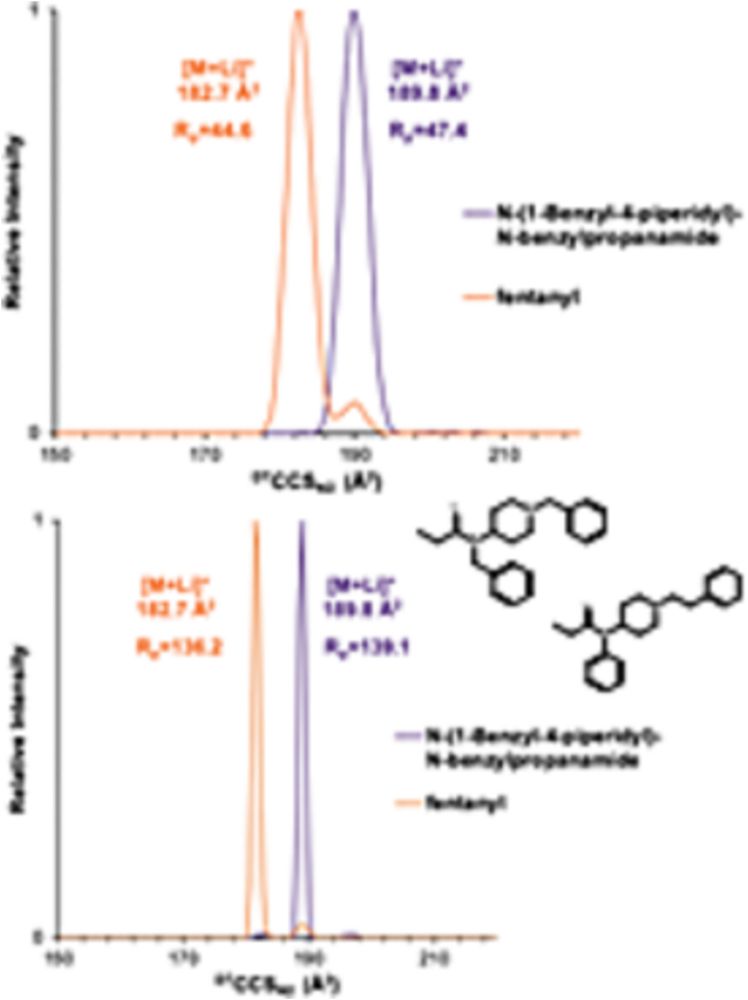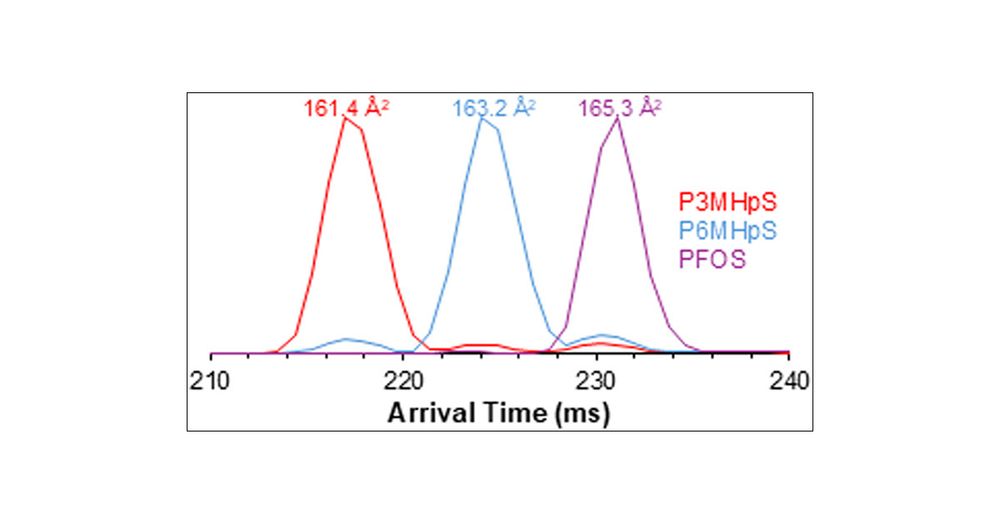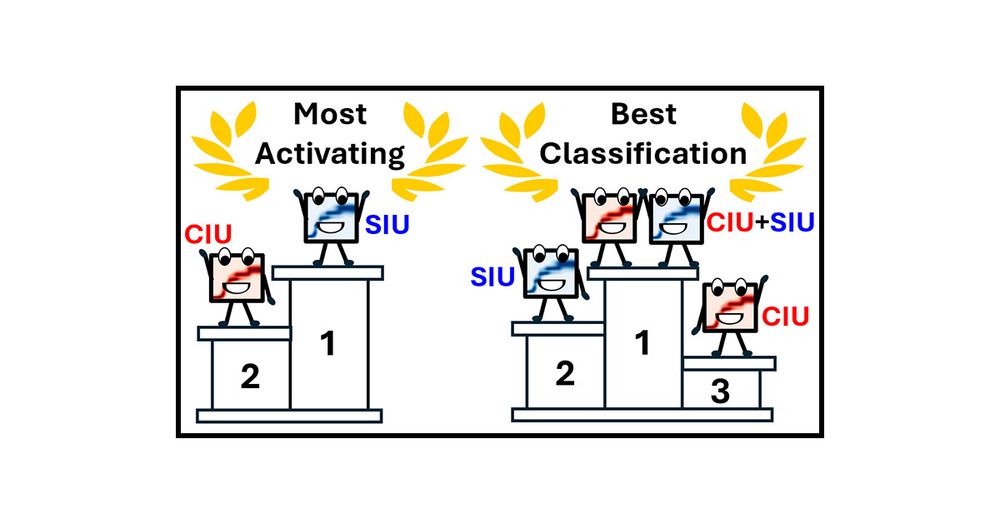Chouinard Lab
@chouinardlab.bsky.social
55 followers
99 following
4 posts
Analytical Chemistry group at Clemson University focusing on novel ion mobility-mass spectrometry approaches for small molecule analysis (steroids, opioids, etc.)
Posts
Media
Videos
Starter Packs
Chouinard Lab
@chouinardlab.bsky.social
· Mar 19

Improved separation of fentanyl isomers using metal cation adducts and high‐resolution ion mobility‐mass spectrometry
Fentanyl has become a growing concern as a deadly drug of abuse. In this work, we use a novel ion mobility–mass spectrometry (IM-MS) approach with metal cation adducts and high-resolution demultiplex...
analyticalsciencejournals.onlinelibrary.wiley.com
Chouinard Lab
@chouinardlab.bsky.social
· Mar 17

Multidimensional Separations for Characterization of Isomeric PFAS Using SLIM High-Resolution Ion Mobility and Tandem Mass Spectrometry
Per- and polyfluoroalkyl substances (PFAS) are synthetic organofluorine compounds that accumulate in the environment due to significant industrial use and resistance to degradation. PFAS are of global interest because of their environmental and health concerns. They exist in a variety of linear and nonlinear forms containing a variety of isomers, as well as differing functional headgroups for each class. That structural complexity requires advanced analytical techniques, beyond current high-resolution mass spectrometry (HRMS) methods, for their accurate identification and quantification in a wide range of samples. Herein, we demonstrate the power of Structures for Lossless Ion Manipulations (SLIM)-based high-resolution ion mobility (HRIM) for separation of complex PFAS branched isomers. SLIM is integrated into a multidimensional LC-SLIM IM-MS/MS workflow, developed for the extensive characterization of a wide range of PFAS compounds. As we surveyed sulfonate and carboxylic acid classes of PFAS, we observed unique arrival time vs m/z trend lines that were representative of each class; these trend lines are important for allowing identification of emerging species based on their placement in that two-dimensional space. Next, we used complementary tandem mass spectrometry (MS/MS) approaches with all ion fragmentation (AIF), as well as energy-resolved MS/MS, to further investigate the structure of mobility-separated species. This allowed both investigation of fragmentation mechanism and identification of unique fragment ions that could allow differentiation of isomers when ion mobility was insufficient. Overall, the combination of chromatography, high-resolution SLIM, and MS/MS provided a comprehensive workflow capable of identifying unknown emerging PFAS compounds in complex environmental samples.
pubs.acs.org
Reposted by Chouinard Lab
Varun Gadkari
@varun-gadkari.bsky.social
· Mar 14

Surface-Induced Unfolding Reveals Unique Structural Features and Enhances Machine Learning Classification Models
Native ion mobility-mass spectrometry combined with collision-induced unfolding (CIU) is a powerful analytical method for protein characterization, offering insights into structural stability and enab...
pubs.acs.org

